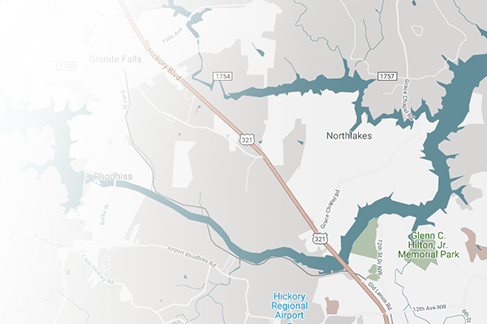Elbow fractures are the result of direct impact on the elbow or twisting of the arm. These types of traumatic injuries are common in falls or vehicle accidents. Because of the complex damage, the majority of elbow fractures do require surgery. Understanding a distal humerus fracture of the elbow will help you make intelligent choices when it comes to your treatment and recovery.
What is a Distal Humerus Fracture of the Elbow?
The American Academy of Orthopaedic Surgeons defines a distal humerus fracture as a fracture anywhere on the humerus' distal (lower end). The elbow joint consists of three bones:
- The distal end of the humerus bone — The bone that makes up the upper arm
- The radius — One of two bones that make up the forearm
- The ulna — The second bone that makes up the forearm
These three bones converge to form the elbow joint. In the distal humerus, a fracture, a break in the bone, is both painful and difficult to heal without surgery.
Symptoms of a Distal Humerus Fracture
Besides pain, the symptoms of this fracture include:
- Swelling not just in the elbow but up and down the arm, as well
- Bruising
- Tenderness to the touch
- Instability in the joint
- Stiffness in the arm
In some cases, the bone may protrude through the skin to create a compound fracture.
Physical Exam and X-Ray
A physical exam and imaging are necessary to confirm the diagnosis of the distal humerus elbow fracture. An x-ray gives the surgeon critical information about the break and the extent of the injury.
The surgeon may also want a CT or MRI scan. Depending on the symptoms, a doctor may also request images of the upper arm, forearm, shoulder, wrist, and hand to rule out any additional injuries.
Nonsurgical Options
Nonsurgical therapy may be the proper choice for stable fractures where the bone fragments are not out of position (displaced). In addition, orthopedic specialists sometimes recommend nonsurgical treatment for those at risk for complications from surgery, such as someone with severe osteoporosis.
Depending on the extent of the break and whether it is a non-displaced fracture, treatment might begin with a splint or sling. Patients may wear the splint or sling for quite some time to allow the bones to heal. Without surgery, a more extended recovery period might be necessary, too.
Surgical Options
Surgery is likely in most elbow fractures. It allows the surgeon to put the pieces of the fractured bone back in place. Metal implants like plates and screws can hold the various pieces on bone in place to allow the fracture to heal.
When Is Surgery Indicated?
Surgery is necessary when the bones need to be put back in place, or the fracture is open, meaning bone is coming through the skin. Open fractures put you at risk for infection, so immediate surgery is the standard option.
With open fractures, the surgeon cleans out all the wounds and repairs the bone. Some open fractures require more than one surgery.
Elbow Surgeries at Prime
Prime specializes in orthopedic treatments, and we offer state-of-the-art technology and concierge care. When getting your surgery at Prime Surgical Suites, you have access to the best and most minor invasive surgical procedures. Having the best treatment options and staff available to you means you can get back to your life that much faster after a distal humerus fracture of the elbow.
At Prime Surgical Suites, we provide state-of-the-art, cost-effective musculoskeletal surgical care in a convenient and comfortable outpatient setting for patients of all ages. Located in RiverCrest Medical Park, we are the region's first outpatient center focused exclusively on orthopedics. Our physician-led center will help restore your active lifestyle and well-being with compassion and orthopedic excellence.
.png?width=200&height=63&name=Prime%20Surgical%20Suites%20Logo-FINAL%20(REV_2_19).png)






